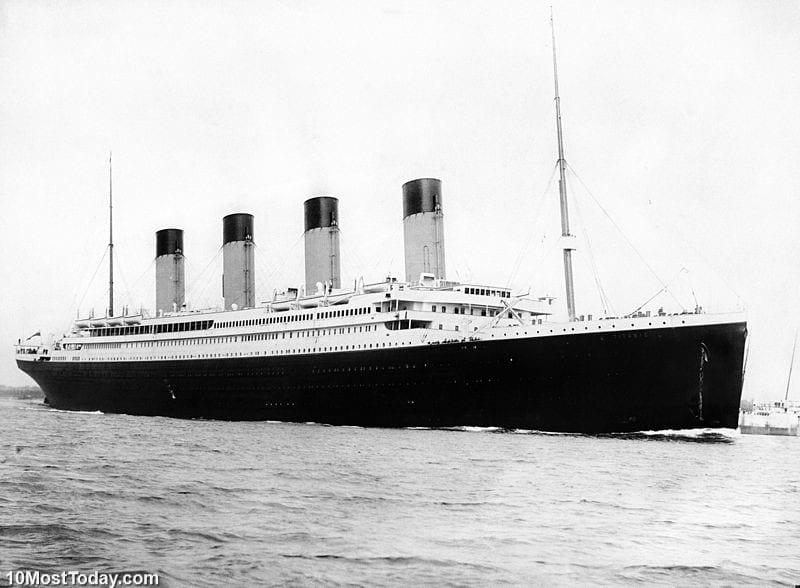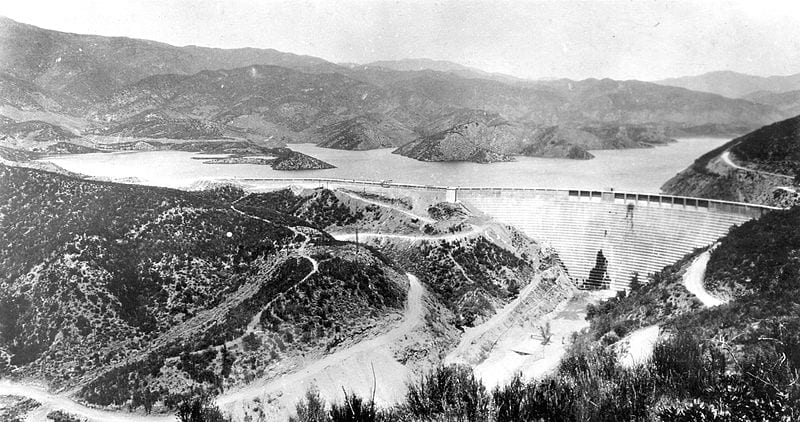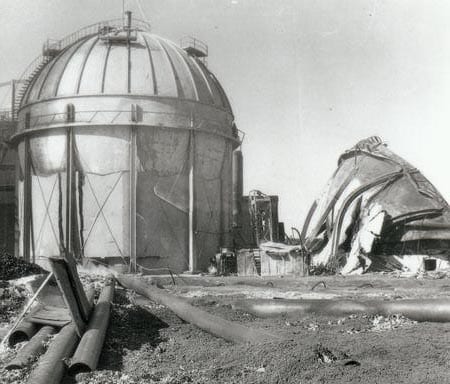
Engineering is the science and technology used to meet the needs and demands of society. ... This can lead to shortcuts in engineering design to reduce costs of construction and fabrication. Occasionally, these shortcuts can lead to unexpected design failures.
By looking at the disasters in engineering you gain some understanding of the importance of design, testing and the impact of engineering on society and its environments.
Primary causes for engineering disasters: – Design flaws – Material failures – Extreme conditions or environments (not necessarily preventable)

Titanic (1912) – RMS Titanic was a British passenger ship that sank after hitting an iceberg on her maiden voyage from Southampton (United Kingdom) to New York City, in April 1912. Titanic was at the time the largest ship ever built and was considered to be unsinkable. The tragedy claimed the lives of over 1,500 people.
But was the sinking of the Titanic an engineering failure? Many factors contributed to the catastrophe: removing half the amount of lifeboats originally planned for the ship, and cruising in high speed in an iceberg-prone environment. As for the engineering point of view: several rivets of the 3 million rivets that held the Titanic together were recently recovered and tested, and found to be made of low quality iron, which on impact caused them to fall apart. This might have contributed to the event. Another engineering fault was that the 16 watertight compartments that kept the boat afloat, were not individually sealed, but rather connected near the ceiling. This enabled the water to spill from one compartment to another and sink the boat
On January 28, 1986 the NASA Space Shuttle Challenger broke apart 73 seconds into its flight, killing all 7 astronauts on board. The investigation showed aerodynamics forces broke the shuttle apart, after a structural failure that began with a specific gasket that failed at the very liftoff. The entire event was broadcast live on TV
St. Francis Dam flooding (1928) – The St. Francis Dam was a concrete dam built between the years 1924 and 1926, to create a water reservoir for Los Angeles. The dam was located in a canyon around 40 miles (64 km) from the city. On March 12, 1928, just hours after being inspected by the Chief Engineer William Mulholland, the dam failed, sending a massive water wave 120 ft tall, and killing as many as 600 people in one of the worst American civil engineering disasters
The first Tacoma Narrows Bridge was a suspension bridge in Washington state that opened in 1940 and collapsed at the same year. At the time of its construction, the bridge was the world’s third longest suspension bridge, by main span length. The bridge was known to move vertically in windy conditions, and in November 7, 1940, under 40 mph (64 km/h) winds it collapsed. The collapse was caught on video and made an impact on science and engineering, especially bridge designing till today. The cause of failure was aeroelastic flutter – a dynamic instability of an elastic structure.
Hindenburg disaster (1937) – The LZ 129 Hindenburg was a German passenger airship that caught fire and crashed during its attempt to dock in New Jersey. 36 people died in the disaster that was caught on video. Decades of research and tests all came to the same conclusion offered by the original German and American investigators: The airship caught fire because of an electrostatic discharge that ignited leaking hydrogen from the 200 million liters (7 million cubic ft) of hydrogen gas. The Hindenburg disaster marked the end of commercial passenger airships.
 Ohio Gas Explosion (1944) – On October 20, 1944, a storage tank holding liquefied natural gas, that was kept above ground as was common at the time, began leaking. The liquefied gas dropped into the sewer lines, mixed with air and sewer gas, and consequently ignited. A series of fires and explosions killed 130 people in Cleveland, Ohio. The catastrophe event made a significant impact on the natural gas industry, that started to store the tanks below ground
Ohio Gas Explosion (1944) – On October 20, 1944, a storage tank holding liquefied natural gas, that was kept above ground as was common at the time, began leaking. The liquefied gas dropped into the sewer lines, mixed with air and sewer gas, and consequently ignited. A series of fires and explosions killed 130 people in Cleveland, Ohio. The catastrophe event made a significant impact on the natural gas industry, that started to store the tanks below ground